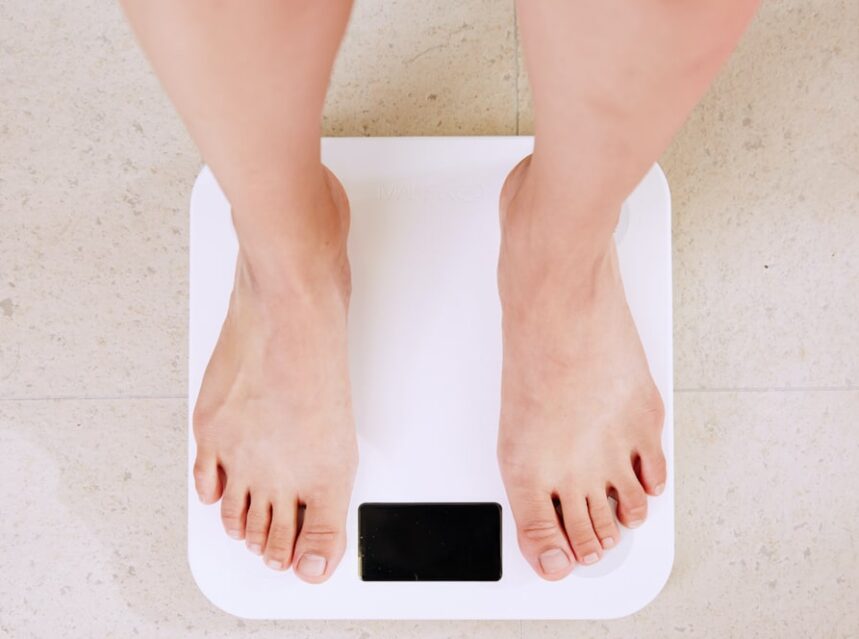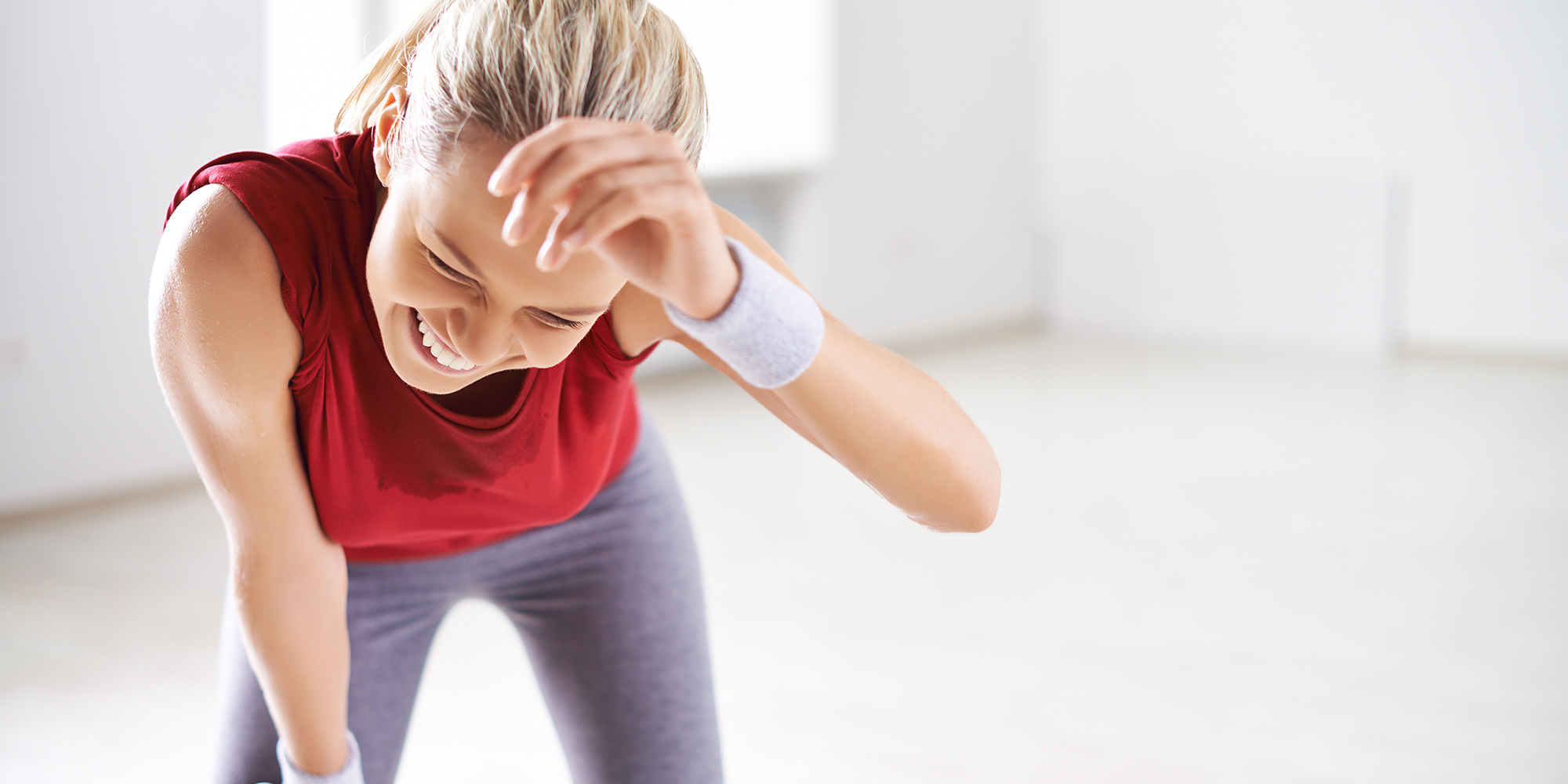
You must first assess your current situation in order to figure out how you can lose weight. Break down your current habits into those which require energy and those you can use. Keep a food journal to track trends and patterns. You could also count calories or reduce portions. Once you have a thorough inventory of your current habits, it is time to set some realistic goals. Start small and work up until you reach your goals.
Realistic goals
You must set realistic goals to keep you motivated and on track for reaching your goal. Using SMART can help set realistic goals that you can achieve. By following these tips, you will be more likely to stick to your weight loss journey. Here are some ideas to help you set realistic goals regarding weight loss.

Small changes can be made to your eating habits and physical activity habits.
Make small changes in your eating habits and exercise routines to lose weight. To get started, start by doing a few minutes of exercise everyday. It'll be easier to increase the amount of activity you do once you get used it. Pick an activity you enjoy such as walking with a friend or dancing, hiking, biking, and Frisbee with the dog. Another option is to play activity-based videogames.
Counting calories
You can lose weight without counting calories. But, calorie counting might be uncomfortable. It involves taking note of your food intake and calculating how many calories you have burned. This method helps you set goals for how many calories you need to burn to reach your desired body weight, without causing drastic changes in your eating habits. Calorie counting can be complicated, which is why it is so hard to understand. However, not all people find it useful. It can be restrictive for some and even detrimental for their health.
Cutting portion size
The best way to lose excess weight is to reduce portion size. However, this is not a magic bullet. While this is an effective way for you to lose calories and weight, it will ultimately lead to a bloated midsection. To combat this, you should cut down your portions. One great way to reduce portion sizes is to cut out extra servings of food, such as mayo dip and fries. You should instead make your meals more balanced. Half of your meals should be vegetables, one-fourth should be protein, and the other four percent should contain complex carbohydrates.

Increasing your level of physical activity
An increase in physical activity can help with weight loss. You can lower stress levels, increase flexibility, muscular strength, and energy, as well as reduce stress. There are many other forms of exercise that you can choose from, including yoga, Pilates, and Tai Chi. Talk to your doctor before starting any exercise program. If you aren't yet active, begin slowly and work your way up to 30 mins per day.
FAQ
What foods will help me lose weight more quickly?
By eating less calories, you can lose weight quicker. Two ways to achieve this are:
-
Reduce the amount of calories that you consume each day.
-
Increase the number of calories you burn through physical activity.
It is not easy to reduce the calories you consume. Everywhere you turn, there are many calorie-dense fast foods. Here are some foods that can help you lose those extra pounds.
-
Beans are rich in fiber and protein. They contain almost no fat, making them an ideal choice for dieters who want to reduce their caloric intake.
-
Oatmeal has low calories, but high levels of nutrients such as magnesium and potassium. Plus, it contains less sugar than other cereals.
-
Eggs are full of cholesterol and protein. Eggs can be eaten once or twice per week to increase metabolism, which will help you burn more calories during the day.
-
Whole grain bread has been shown to reduce hunger pangs so that you may feel fuller longer.
-
Dark chocolate is high in antioxidants, flavonoids and other substances that have been linked with lower blood pressure and better heart health.
-
Cottage cheese is rich in calcium which aids in bone strength. It also provides a good source of vitamin D, which boosts immunity.
-
Omega-3 fatty acids are abundant in salmon, which can promote brain development and improve cardiovascular function.
-
Green tea is chock-full of catechins, compounds that fight cancer and increase metabolism.
-
Broccoli has a lot of folic, which can lower homocysteine in the blood. High homocysteine levels have been associated with an increased risk of stroke and heart disease.
-
Yogurt is an excellent way to include probiotics in your diet without adding sugars. Probiotics are vital for good digestive health.
-
Berries are a tasty snack that is also nutritious. All of these are excellent sources for vitamins and minerals, including blueberries, strawberries and blackberries as well as raspberries and cranberries.
-
Avocados are rich in healthy fats. A half avocado has 80 calories but plenty of filling fiber.
-
Nuts can be enjoyed as a snack, but they are also rich in protein. Nuts include cashews (almonds), hazelnuts (pecans), walnuts, walnuts, and pistachios.
-
Sweet potatoes are another starchy root vegetable rich in beta carotene. It makes your skin shine. The orange variety is particularly beneficial because they contain higher amounts of beta carotene than regular sweet potatoes.
Can I eat fruits during intermittent fasting?
Fruits are good for you. They are full of vitamins, minerals as well as fiber, antioxidants and other nutrients. However, they do contain sugar which can cause blood glucose levels spike. This can lead to insulin resistance and weight gain. You can lose weight by following an IF diet. Make sure to eat low glycemic fruits like apples, pears and berries.
Why is exercise important for weight loss?
The human body has incredible capabilities. It's designed to move. Move your body to stay healthy, whether you are running, swimming, biking or lifting weights.
Exercise can also help you lose weight and tone your muscles. This can make you feel more positive both physically and mentally. People may have heard that exercising is important for weight reduction. But how can this be true?
-
Exercise improves metabolism. Active people use energy. Moves increase heartbeat, blood flow, and oxygen absorption. These activities all require energy. Your metabolic rate increases, which means you'll burn more calories while exercising. The amount of energy that your body burns during exercise is called the "burning calories".
-
Exercise reduces appetite. Exercise can help you lose weight.
-
Strengthening your muscles through exercise is key. Muscle tissue takes more energy to work than fat tissue. Therefore, if you build lean muscles mass, you will not need as much food to maintain your current weight.
-
Exercise releases endorphins. Endorphins are hormones that make you happy. When you exercise, they are released into the bloodstream. Studies have shown that endorphins can block pain signals reaching your brain. This results in a feeling of wellbeing.
-
Exercise increases self-esteem. Regular exercise is associated with higher self-esteem. People who exercise regularly live longer and healthier lives.
Small changes are the best way to lose weight. These tips can be added to your daily routine.
What Amount Of Exercise Is Needed For Weight Loss?
The amount of exercise needed for weight loss depends on several factors, including age, gender, body type, and how much you weigh. Most people need to exercise at least 30 minutes five days a weeks.
The American College of Sports Medicine recommends 150-minutes of moderately intense aerobic activity every week. It should be spread over three separate days.
For example, if you want to lose 10 pounds, aim to do 300 minutes of moderate-intensity exercise each week. You can do this by walking fast, swimming laps or biking, as well as playing tennis, golfing and hiking, or jogging, running or other similar activities.
Start out with 20 minutes of vigorous physical activity three times weekly if you're just getting started. It could be sprinting, lifting weights, jumping rope or fast walking.
Aerobic exercise is a great way to burn calories and build muscle mass. Muscle burns more calories than fat does. So building muscle while losing weight may help you achieve your goal faster.
What Can You Lose in One Week?
Your current bodyfat percentage determines the amount of weight you will be able to lose. You need to determine how much weight loss you are looking for. Your BMI tells us how much weight you should lose in order to achieve this goal. If your BMI is 25 or greater, you're overweight. If your BMI reads 30 or more, you are likely obese.
For example, let's say you have a BMI of 28.7 and are 200 pounds. To get to a healthy weight range, you'd need 70 pounds of weight loss. To see if you're overweight, visit www.healthyminds.com/bmi/.
You can calculate the number of pounds you'll lose each week by knowing your BMI.
(Your Goal Weight - Current Weight)/BMI * 7 Number Of Pounds Lost Per Week
To lose 50 pounds in a month, you would need to exercise for 2 weeks. That's 56 days divided by 7 pounds per day. That works out to 8.3 pounds lost per week.
You could also try this calculator from www.weightlosscalculator.net. It gives you a rough estimate of how many calories you should eat daily to lose 1 pound per week.
What can I have in the morning when I'm intermittently fasting?
You should try drinking water first thing in the morning. It helps you feel full faster and gives you energy throughout the day. To add some flavor, you can add lemon juice to the mix or cucumber slices.
Is there a difference in intermittent fasting and calorie restrictions?
Calorie restriction is a way to eat less than your body needs. Intermittent Fasting is different in that it doesn't restrict calories. Rather, it focuses on eating fewer calories throughout the day.
Intermittent fasting can be more effective as it allows you to eat the foods you love and not feel guilty.
However, both methods have their pros and cons. Decide which one you prefer.
Statistics
- A 12-week study in 20 women with obesity found that walking for 50–70 minutes 3 times per week reduced body fat and waist circumference by an average of 1.5% and 1.1 inches (2.8 cm), respectively (healthline.com)
- One study in 9 active men found that HIIT burned 25–30% more calories per minute than other types of exercises, including weight training, cycling, and running on a treadmill (18Trusted Source (healthline.com)
- According to Harvard Health, it's estimated that a 155-pound (70-kg) person burns roughly 112 calories per 30 minutes of weight training (5). (healthline.com)
- According to a study sponsored by the American Council on Exercise, a person weighing around 140 pounds (64 kg) would burn 108 calories at a 30-minute beginner's Pilates class or 168 calories at an advanced class of the same duration (26). (healthline.com)
External Links
How To
How can I lose belly fat quickly?
You need to realize that losing belly fat can be difficult. It takes effort and dedication. If you apply these tips, you'll see the results.
-
Healthy Food It is essential to eat healthy food. Ensure that you eat foods like fruits, vegetables, whole grains, lean protein, low-fat dairy products, nuts, seeds, beans, legumes, fish, poultry, eggs, olive oil, low-sugar fruits and vegetables, and stay away from junk food.
-
Drink Water. Drinking water helps keep your body hydrated. This will make you feel fuller and more satisfied for longer periods. Keep hydrated every day.
-
Cardio exercises. Cardio exercises can help you lose more calories and increase muscle mass. They can improve your heart health as well as increase metabolism. Do 30 minutes of cardio exercise each day.
-
Get enough sleep. Sleep is crucial for maintaining good health. Anxiety and stress can lead to unhealthy habits, such as smoking and eating too much.
-
Reduce Stress. Stress can affect our brain chemistry. Cortisol is a hormone that causes stress to increase hunger pangs and increases cravings for high-calorie food.
-
Take regular breaks. Regular breaks are important throughout the day. You can go for a walk outside or take a quick nap. Doing so will give your mind and body the time they need to unwind and recover.
-
Avoid Alcohol Consumption. Alcohol can cause empty calories and slow down digestion. Alcohol should be avoided if you're looking to lose belly-fat.
-
Have fun!